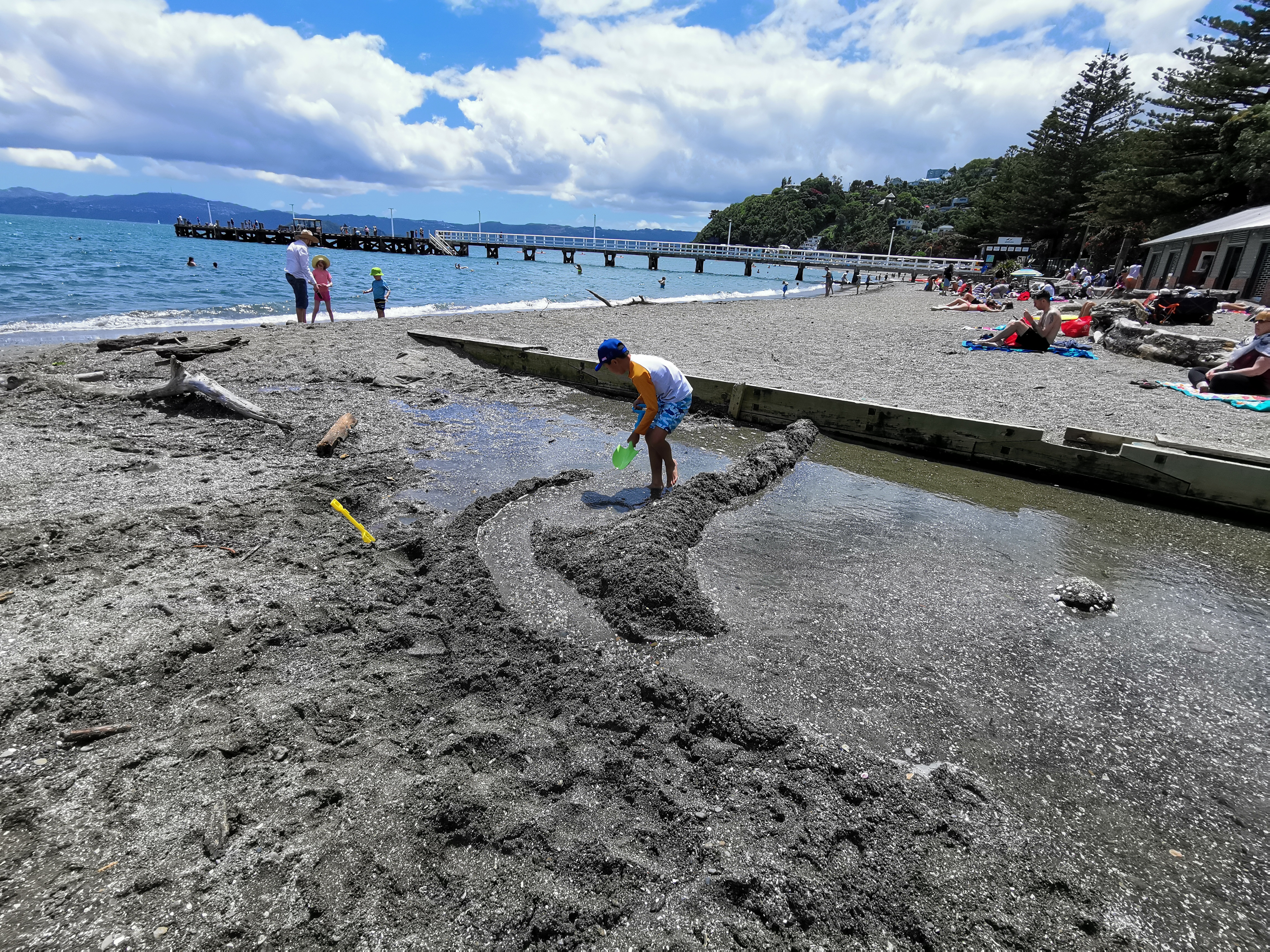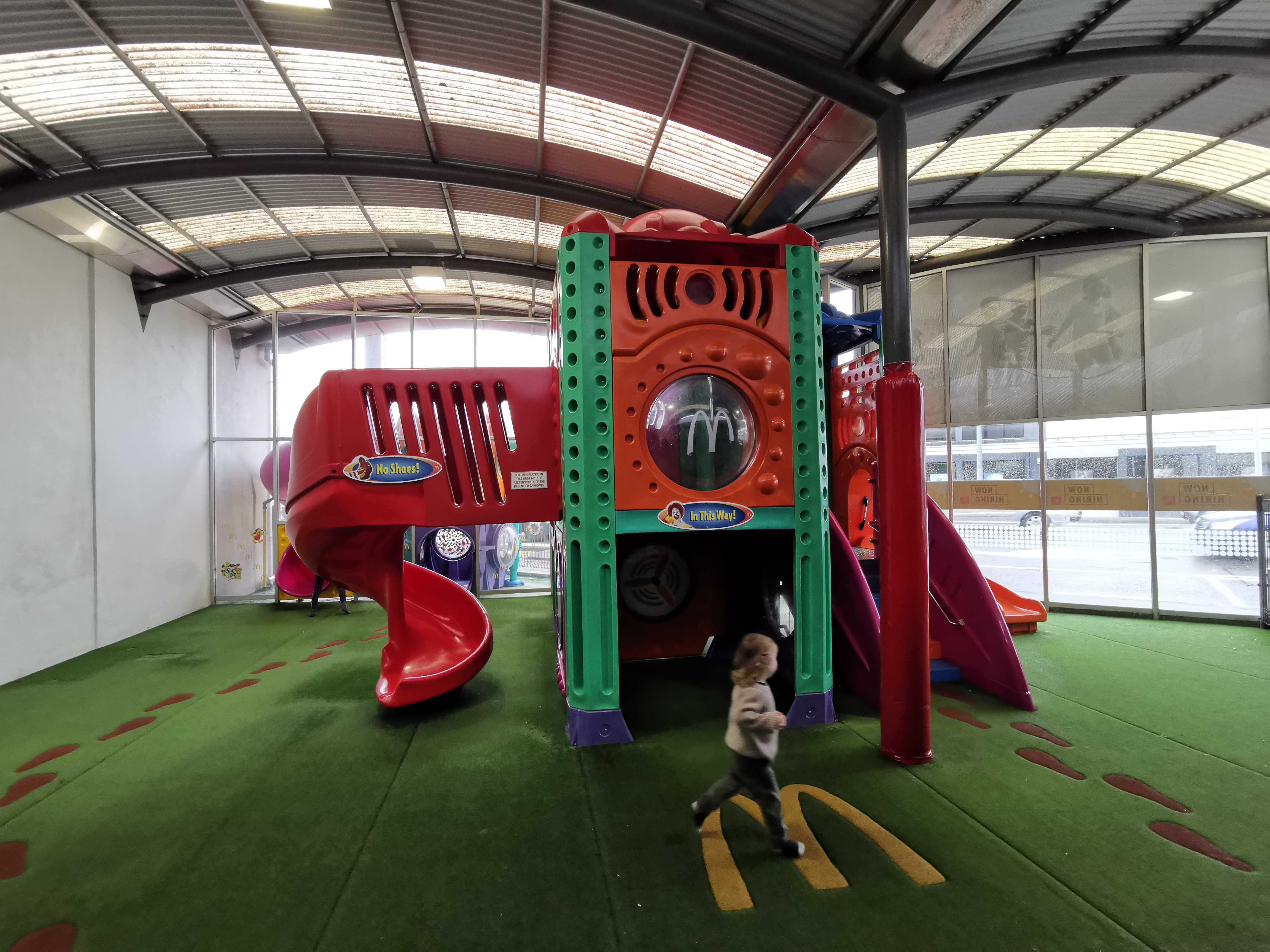New Zealand, a picturesque nation known for its stunning natural landscapes, high-quality living standards, and comprehensive social welfare, is widely regarded as a paradise for children.
Overview
New Zealand, a safe and stable country with a low crime rate and excellent public safety, consistently achieves high rankings in international indices such as the 2023 United Nations Human Development Index and Global Peace Index. With a crime rate of only 1,900 per 100,000 people, as per the data from Statistics New Zealand, it provides a secure and healthy environment for children to thrive.
Climate and Living Environment
New Zealand boasts a temperate climate, with summer temperatures averaging around 20 degrees Celsius and winter temperatures around 10 degrees Celsius, creating an ideal setting for outdoor activities for children.
Moreover, Kiwis, as New Zealanders are affectionately known, commonly reside in houses with yards, offering ample space for activities like soccer, rugby, field hockey, basketball, and more, further enhancing the options for children’s recreational pursuits.
New Zealand’s Beaches

In addition to its other attractions, New Zealand is known for its beautiful beaches. Approximately 60% of cities in New Zealand are situated close to the sea. For children, spending an entire day playing in the ocean, building sandcastles, and enjoying the waves is a delightful experience.
Free Parks and Facilities in New Zealand
The country’s public facilities are extensive, and many are free of charge. Cities and rural areas alike feature numerous parks equipped with slides, swings, climbing structures, dedicated skateboard tracks, soccer fields, basketball courts, tennis courts, and more, providing children with the freedom to play.
New Zealand’s libraries offer free services, including book borrowing, benefiting children’s education and entertainment. Public facilities such as swimming pools and sports arenas also offer discounts for children. These resources contribute to a rich environment for both play and learning. My son, for instance, borrows many books from the library, spending 1-2 hours each day reading, significantly enhancing his reading and writing skills.
 In some surprising instances, I’ve discovered that certain restaurants even have children’s play areas. One such place that has become my son’s favorite for meals is McDonald’s. The presence of a children’s playground makes it an enjoyable dining experience for him, combining good food with playtime.
In some surprising instances, I’ve discovered that certain restaurants even have children’s play areas. One such place that has become my son’s favorite for meals is McDonald’s. The presence of a children’s playground makes it an enjoyable dining experience for him, combining good food with playtime.
We also enjoy monthly visits to the swimming pool, which features a surfing pool and a large slide, making it an excellent place for family fun.
New Zealand’s Education System
New Zealand’s education system is centered around the individual, emphasizing the development of creativity and critical thinking in students. Commencing at the age of 2, the government provides 20 hours of free early childhood education per week in both public and private kindergartens. From the age of 5, children can enter primary school for free education. I was pleasantly surprised to find an abundance of toys in my son’s primary school classroom. Therefore, he eagerly arrives at school early each day to enjoy playing with these captivating toys.
The primary school curriculum in New Zealand is relatively light, allowing students ample time for outdoor activities and pursuing other hobbies. School finishes at 3 pm, and my son’s favorite pastime after school is kicking a soccer ball around in the yard and immersing himself in his favorite books.
New Zealand’s Holidays
New Zealand and Australia’s primary schools have four terms each year, with 2 weeks of vacation between each term and an extended 6-week break following Christmas. These extended breaks provide children with ample relaxation time, allowing them to fully enjoy their childhood. Additionally, New Zealand employees are entitled to 4-5 weeks of annual leave, leading many families to plan overseas trips annually, with a particular emphasis on selecting destinations featuring parks suitable for children. In our family, planning an overseas trip is an annual tradition, and the presence of child-friendly parks is always a top consideration.
Welfare in New Zealand
The New Zealand government offers various welfare benefits for children, including free medical care, free dental care, and a recent initiative to provide free public transportation for children under 12. These welfare measures ensure the health and well-being of children. Last year, my son underwent tooth replacement, receiving four silver crowns, all entirely free—an unimaginable benefit in my previous experience.
In Conclusion
New Zealand truly stands out as a country exceptionally suited for children to grow and thrive. It offers a secure and stable environment, well-developed public facilities, a high-quality education system, ample vacation time, and numerous government welfare benefits. Thus, the reputation of New Zealand as not just an enticing destination but a unique entity known as the “Paradise for Children” is well-deserved.